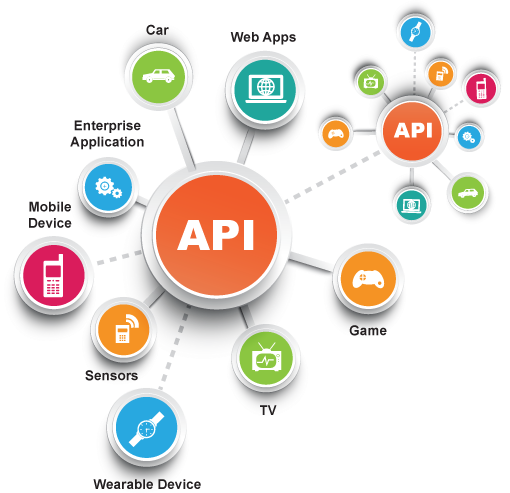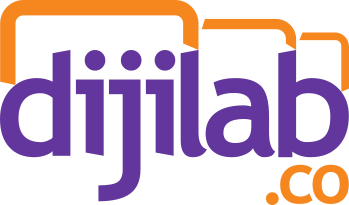API
The structures that allow and provide access to the resources managed by an application or the functions it performs or the outputs produced as a result of them are called APIs. API means “Application Programming Interface”. APIs give automation capability, accelerate, and program the processes. You can also think of the API as a bridge between applications. To give an example; You can think of a waiter as an API. You have a food or drink and you want to automate the sale of it. In this case, the waiter steps in and you just have to check. Or you need some information about a customer’s request, it will be delivered to you and your kitchen via the waiter. Thanks to this information, you can both have data about that customer and your kitchen can prepare food for him automatically accordingly and you will know what your kitchen does. API is like waiters in the virtual environment. It acts as a bridge between the system where the data is generated and the systems it is collected, and at the same time, it enables the processes in applications to be automated. You get help from the API so that you don’t have to confirm that every time you add a product to the cart, and if there is no problem, the system automatically accepts the product and adds it to the cart.

In terms of release policies, APIs can be private, partner, and public;
- Private APIs. These application software interfaces are designed for improving solutions and services within an organization. In-house developers or contractors may use these APIs to integrate a company’s IT systems or applications, build new systems or customer-facing apps leveraging existing systems.
- Partner APIs. Partner APIs are designed by companies to offer API access to strategic business partners as an extra revenue channel for both parties. For example, Biletix offers a Partner API to allow it’s clients the ability to reserve, buy, and cancel ticket/event information.
- Public APIs. Also known as developer-facing or external, these APIs are available for any third-party developers. A public API program allows for increasing brand awareness and receiving an additional source of income when properly executed.
There are some different type of APIs. For example;
- Web APIs. Web APIs provide machine-readable data and functionality transfer between web-based systems which represent client-server architecture.
- Database APIs. Database APIs enable communication between an application and a database management system.
Google Ads API:
API allows apps to interact directly with the Google Ads platform, vastly increasing the efficiency of managing large or complex Google Ads accounts and campaigns. Some typical use cases include:
– Automated account management
– Custom reporting
– Ad management based on inventory
– Manage Smart Bidding strategies
Thanks to the API, you start to run your actions on the systems more easily and get more effective feedback. Virtual applications are one of your biggest helpers.



